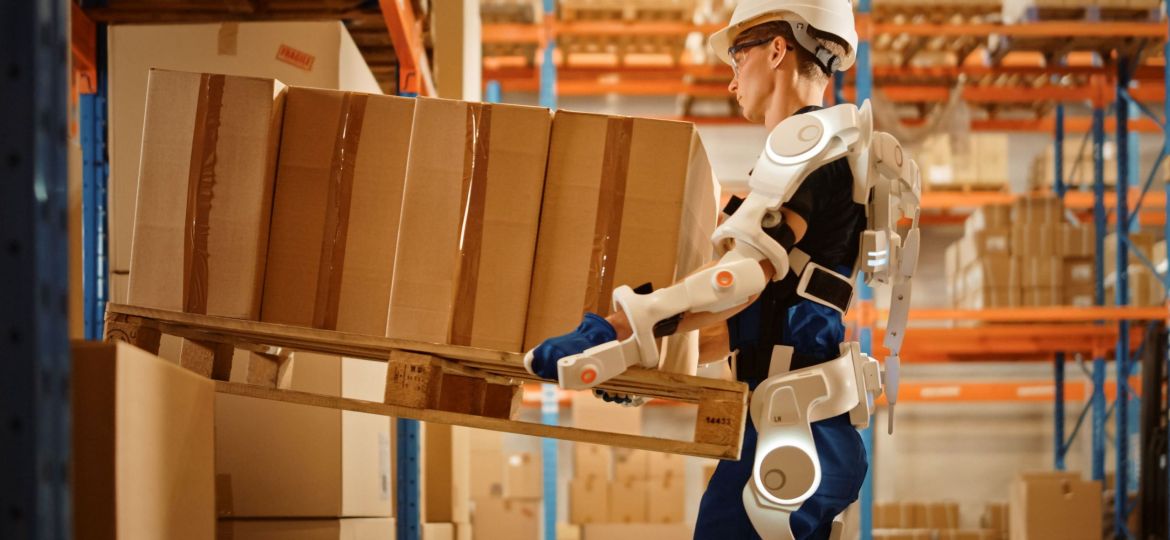
How and when can exoskeletons effectively reduce the biomechanical load on workers? Fondazione Ergo-MTM Italia has now published relevant recommendations for the implementation of industrial exoskeletons. The study, called ESO-EAWS, was developed jointly with the University Alma Mater Studiorum in Bologna, the Laboratory for Engineering of Neuromuscular System (LISiN) of the Polytechnic of Turin and the EAWS® International Platform.
The aim of the joint research projects was to relate the economic investment in technologies to support manual work to the benefits of reduced worker fatigue and, correspondingly, improved quality of work. To this end, the quantitative impact of a passive upper limb support exoskeleton on the ergonomics score representing the risk level of biomechanical stress was measured. The ergonomics assessment tool used in the project is EAWS® (Ergonomic Assessment Work Sheet), which, thanks to its comprehensive structure, takes into account postures, action forces, manual handling of loads and repetitive movements of the upper limbs.
The study aims to define the conditions of use of exoskeletons and to measure their effects on the reduction of biomechanical stress.
The white paper on the ESO-EAWS certification project can be found here.
To download the study reports, please use the following link: https://www.eaws.it/exoskeleton-certification/